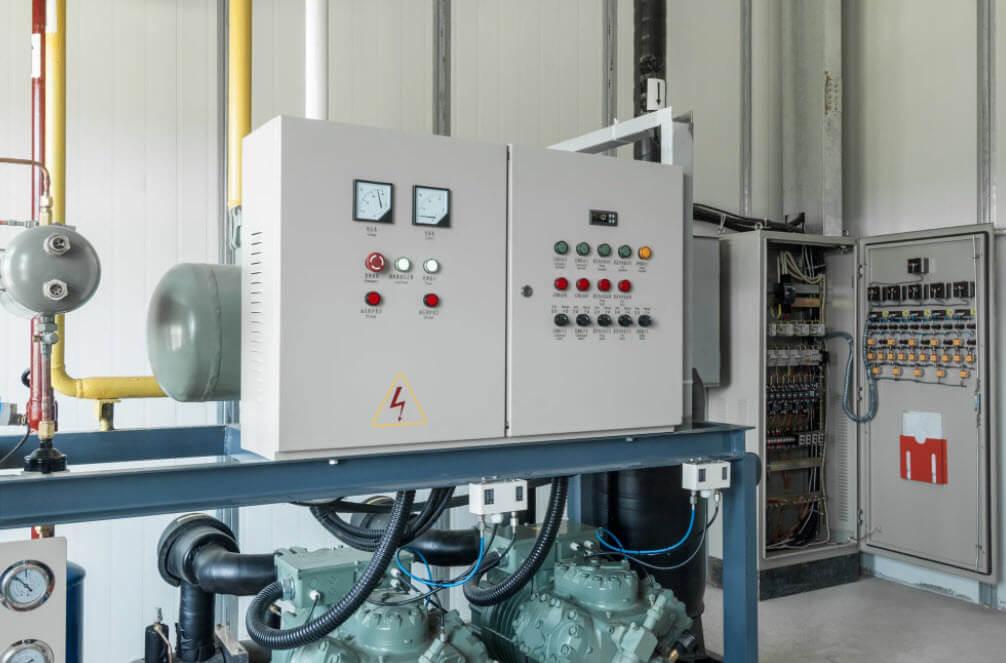PLC integration is a cornerstone of industrial automation, enabling seamless communication between machinery, software systems, and control devices. As manufacturing operations evolve to meet the demands of efficiency, scalability, and precision, integrating Programmable Logic Controllers (PLCs) into broader automation systems has become essential. Whether you're managing a small production line or a large-scale facility, PLC integration ensures smarter, safer, and more responsive industrial processes.
PLC integration involves connecting PLCs with other system components such as Human-Machine Interfaces (HMIs), sensors, SCADA systems, robots, and enterprise resource planning (ERP) platforms. This allows for real-time monitoring, data exchange, and centralized control — significantly reducing downtime, improving productivity, and enabling predictive maintenance.
Why PLC Integration Matters in Industrial Automation
Modern industrial environments are built around the need for real-time data, automated decision-making, and minimal human intervention. PLCs serve as the brain behind countless industrial processes, controlling machinery with speed and precision. However, without proper integration, even the most advanced PLC can become an isolated component that limits the full potential of your system.
Here’s why PLC integration is critical:
-
Real-Time Control: Integrated PLCs enable instantaneous responses to inputs, improving efficiency and reducing lag.
-
Improved Data Visibility: Access operational data across multiple devices and locations in a centralized dashboard.
-
Scalability: Easily adapt and expand your automation system as your business grows.
-
Reduced Downtime: Integration allows for better diagnostics and predictive maintenance, leading to fewer unplanned shutdowns.
-
Enhanced Safety: Safety logic and emergency stops can be managed through integrated PLCs for quick reaction times.
Key Components of PLC Integration
To achieve successful PLC integration, several components and systems must work together harmoniously:
-
PLCs (Programmable Logic Controllers): The core control units that automate tasks like switching, sequencing, and process control.
-
HMIs (Human-Machine Interfaces): Allow operators to interact with machinery, monitor status, and make changes.
-
SCADA Systems: Provide remote monitoring and control over multiple PLCs across various sites.
-
Field Devices: Sensors, actuators, and motors that send data to and receive commands from the PLC.
-
Networking Infrastructure: Ethernet/IP, Modbus, Profibus, or wireless protocols that connect PLCs with other systems.
By integrating these components, organizations can build intelligent systems that offer improved control, coordination, and performance across all levels of operation.
Custom PLC Integration Services by X-Automation LLC
When it comes to designing and implementing a robust PLC integration system, expertise matters. That’s why businesses across the country turn to X-Automation LLC for reliable and customized industrial automation solutions.
X-Automation LLC specializes in PLC programming and integration services tailored to each client’s specific industry, equipment, and goals. Their experienced engineers work with leading PLC platforms like Allen-Bradley, Siemens, Omron, and Schneider Electric to ensure seamless integration with your existing systems. From design and programming to installation, testing, and support, X-Automation delivers end-to-end services that drive efficiency and ensure long-term success.
By partnering with X-Automation, you gain access to scalable solutions that optimize machine performance, increase process transparency, and reduce operational costs.
Applications of PLC Integration Across Industries
PLC integration is used in a wide range of industries where precision and automation are essential. Some key applications include:
-
Manufacturing: Controlling conveyors, robotic arms, packaging lines, and quality inspection systems.
-
Food and Beverage: Regulating temperature, flow, and mixing operations in processing plants.
-
Pharmaceuticals: Ensuring compliance, accuracy, and sterile conditions through controlled automation.
-
Water Treatment: Monitoring pumps, valves, and chemical dosing systems for efficient water management.
-
Energy and Utilities: Managing turbine operations, load balancing, and grid integration.
Each application benefits from PLC integration by improving reliability, consistency, and data-driven decision-making.
Future Trends in PLC Integration
As industrial automation continues to evolve, PLC integration is becoming more advanced and connected. Here are a few trends shaping the future:
-
IoT and Edge Computing: Real-time data processing and decision-making at the edge without needing cloud round-trips.
-
Cybersecurity for Industrial Networks: Protecting integrated PLC systems from cyber threats with robust security protocols.
-
Cloud-Based Monitoring: PLCs connected to cloud platforms for remote diagnostics and global access.
-
AI and Machine Learning: Enhancing PLC functions with predictive analytics and adaptive process control.
-
Digital Twins: Simulating real-world processes with integrated data to optimize operations before implementation.
These innovations are making PLC integration not only smarter but also more proactive and resilient.
Final Thoughts
PLC integration is more than just connecting control systems — it’s about building a cohesive, intelligent automation environment that supports operational excellence. From reducing downtime to enabling smarter decisions, integrated PLC systems are a powerful asset in any industrial setting.
If you're looking to take your automation to the next level, trust the experts at xautomationllc.com. With custom solutions, technical know-how, and a commitment to innovation, X-Automation LLC is your go-to partner for PLC integration that delivers real results.
